Rest and recovery are the unsung heroes of any effective fitness routine. While it's tempting to push harder and train more, your body needs time to repair and rebuild. Incorporating rest and recovery isn’t just a luxury—it’s essential for muscle growth, injury prevention, and overall performance enhancement.
Here’s how to make recovery an intentional and beneficial part of your exercise program.
1. Why Rest and Recovery Are Essential
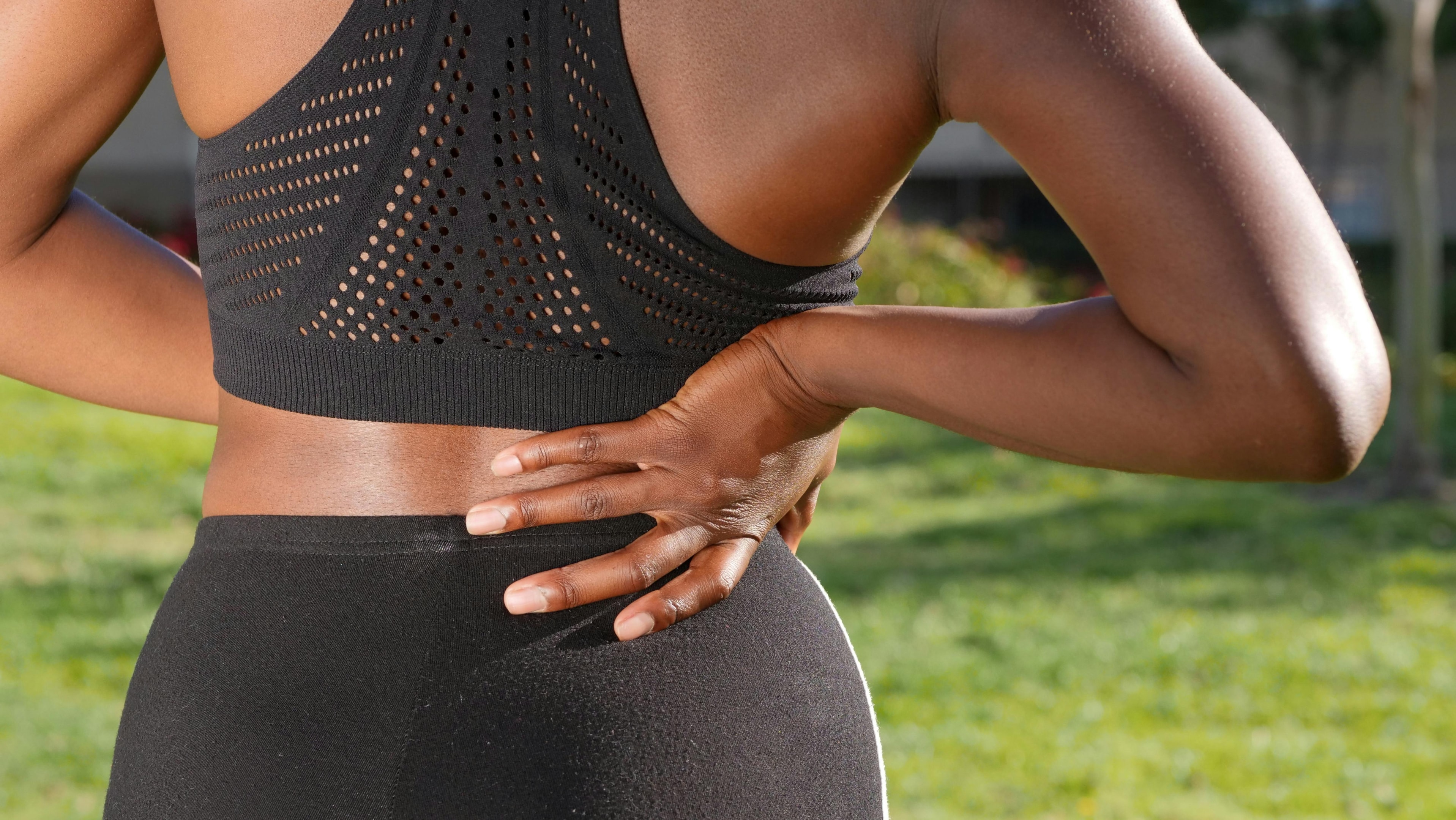
When you work out, your muscles endure tiny tears, especially during strength training and high-intensity exercise. Recovery gives your body time to repair these tiny tears, build muscle strength, and replenish glycogen stores, which fuel your next workout.
Without enough rest, you risk overtraining syndrome, fatigue, and even a decrease in performance. Rest days also allow your musculoskeletal system to recover, reducing muscle soreness and improving overall energy.
2. Types of Recovery: Active vs. Passive

Passive Recovery
Passive recovery is about giving your body complete rest. Think of it as a day off where you let your muscles rebuild without any physical activity. This is especially important after intense exercise or when you feel significant fatigue.
Active Recovery
Active recovery involves engaging in low-intensity exercise that promotes increased blood flow to speed up tissue repair. Activities like stretching, walking, or using tools like the Multi Slider for active recovery exercises can keep you moving without overloading your muscles.
👉 Good read: 3 PT-Recommended Exercises for Knee Pain
3. Recovery Tools to Elevate Your Routine
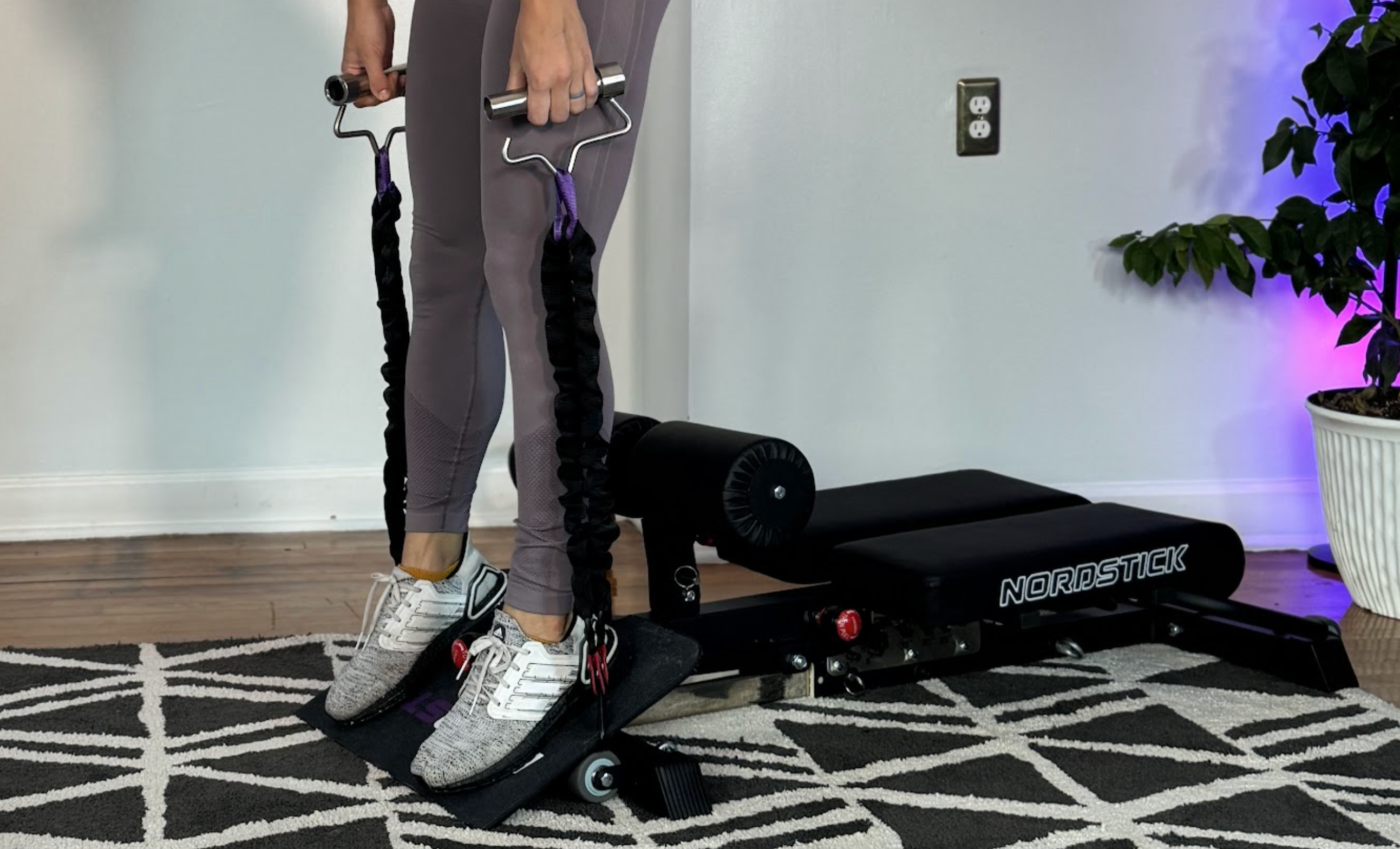
The Slant Board: Improve Mobility and Reduce Tension
The Slant Board is ideal for stretching tight calves, improving ankle mobility, and releasing tension in your lower body. After a tough training program, use it for gentle stretches that help you stay mobile and prevent stiffness.
The NordBench Band System: Build Strength and Recover
With the NordBench Band System, you can target specific muscle groups without heavy impact, making it perfect for active recovery days. Low-resistance band work supports blood circulation while keeping your movements controlled and precise.
The Multi Slider: Smooth, Controlled Movements
The Multi Slider is perfect for low-intensity exercises like planks, child's pose or glute bridges. These moves improve core stability and strengthen supporting muscles, essential for reducing tension and promoting long-term muscle recovery.
👉 Good read: The NordStick Story
4. How to Structure Rest and Recovery Days
Active Recovery Example
Warm-Up: 5 minutes of light walking or stretching.
Exercises:
Slant Board calf stretches – 3 sets of 20 seconds per leg.
Multi Slider planks – 3 sets of 20-30 seconds.
Band-resisted rows with the NordBench Band System – 2 sets of 12 reps.
Cool Down: Gentle hamstring stretches and deep breathing exercises.
Passive Recovery Example
Take a day to relax completely. Enjoy light activities like walking or meditation.
👉 Good read: How to Stay Active Without Leaving Your Home
5. Sleep, Nutrition, and Rest

Recovery isn’t just about movement; it’s also about what happens when you’re not moving. Adequate sleep (7-9 hours a night), a balanced diet rich in protein for muscle growth, and proper hydration are key for a complete recovery cycle.
Sleep is when protein synthesis peaks and your body repairs itself. Lack of rest means missing out on gains.
6. Build a Routine That Prioritizes Recovery
Consistency is key to rest and recovery. Incorporate rest days into your weekly routine and actively plan for them in your fitness program. Tools like the Slant Board, NordBench Band System, and Multi Slider make recovery simple and effective, helping you feel refreshed and ready for your next workout.
👉 Good read: 5 Exercises to Help You Rehab Back from a Hamstring Injury
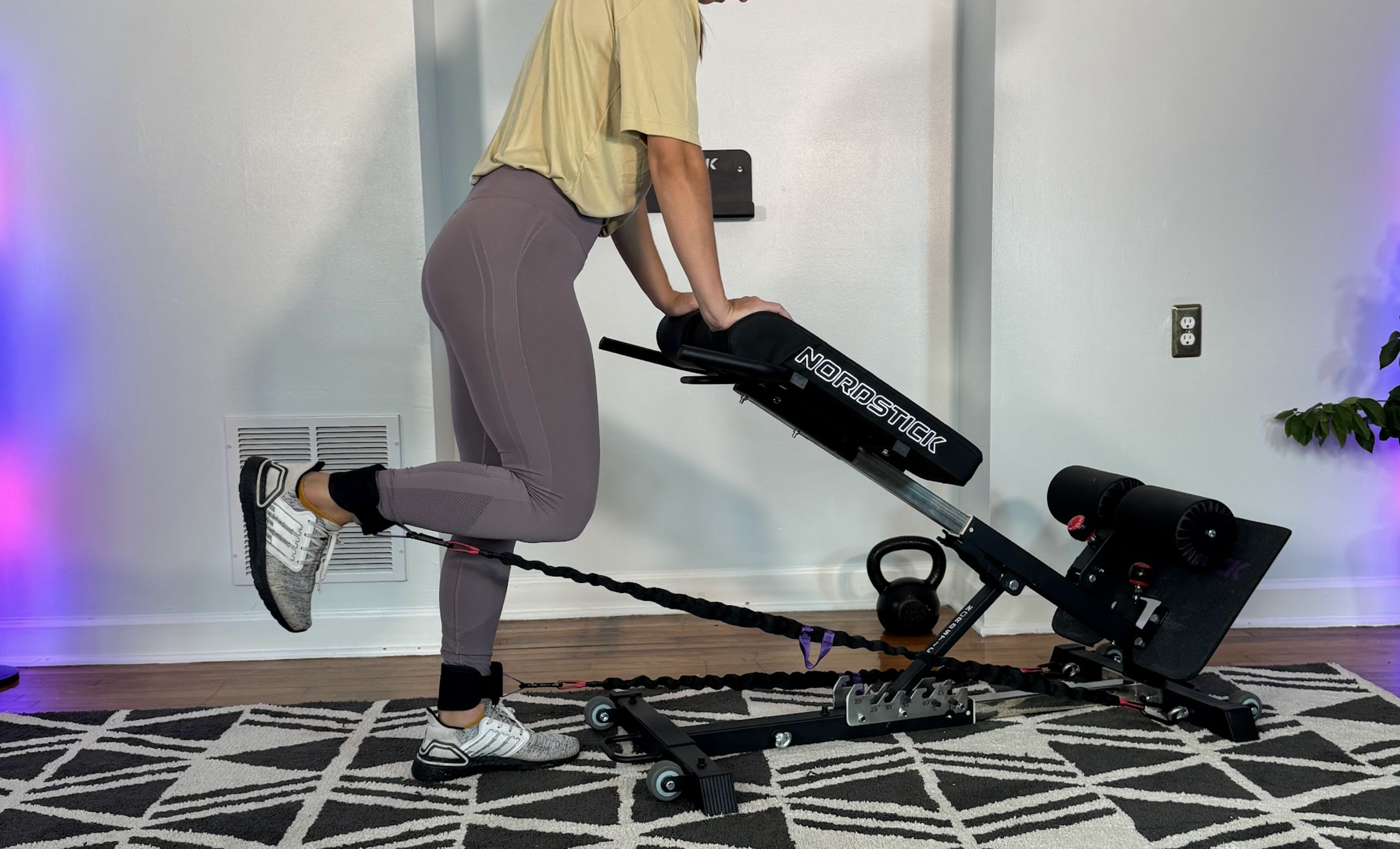
Recovery Is Not Optional—It’s Essential
Remember, rest isn’t about slacking—it’s about strengthening. Recovery allows your body to heal, your mind to reset, and your motivation to thrive. Whether it’s active recovery with the Multi Slider or passive relaxation, prioritize recovery to stay consistent and injury-free.
By intentionally incorporating rest into your exercise program, you’ll improve your performance and stay on track toward your fitness goals for years to come.
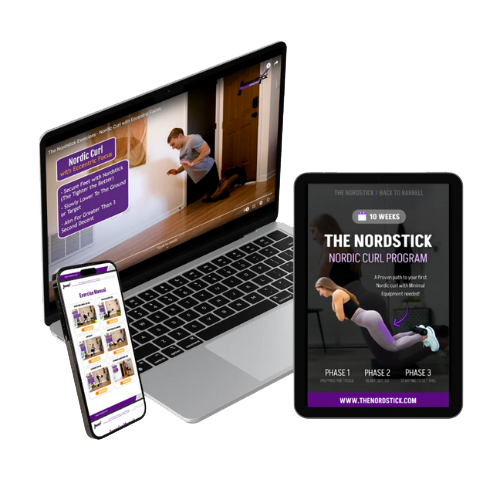


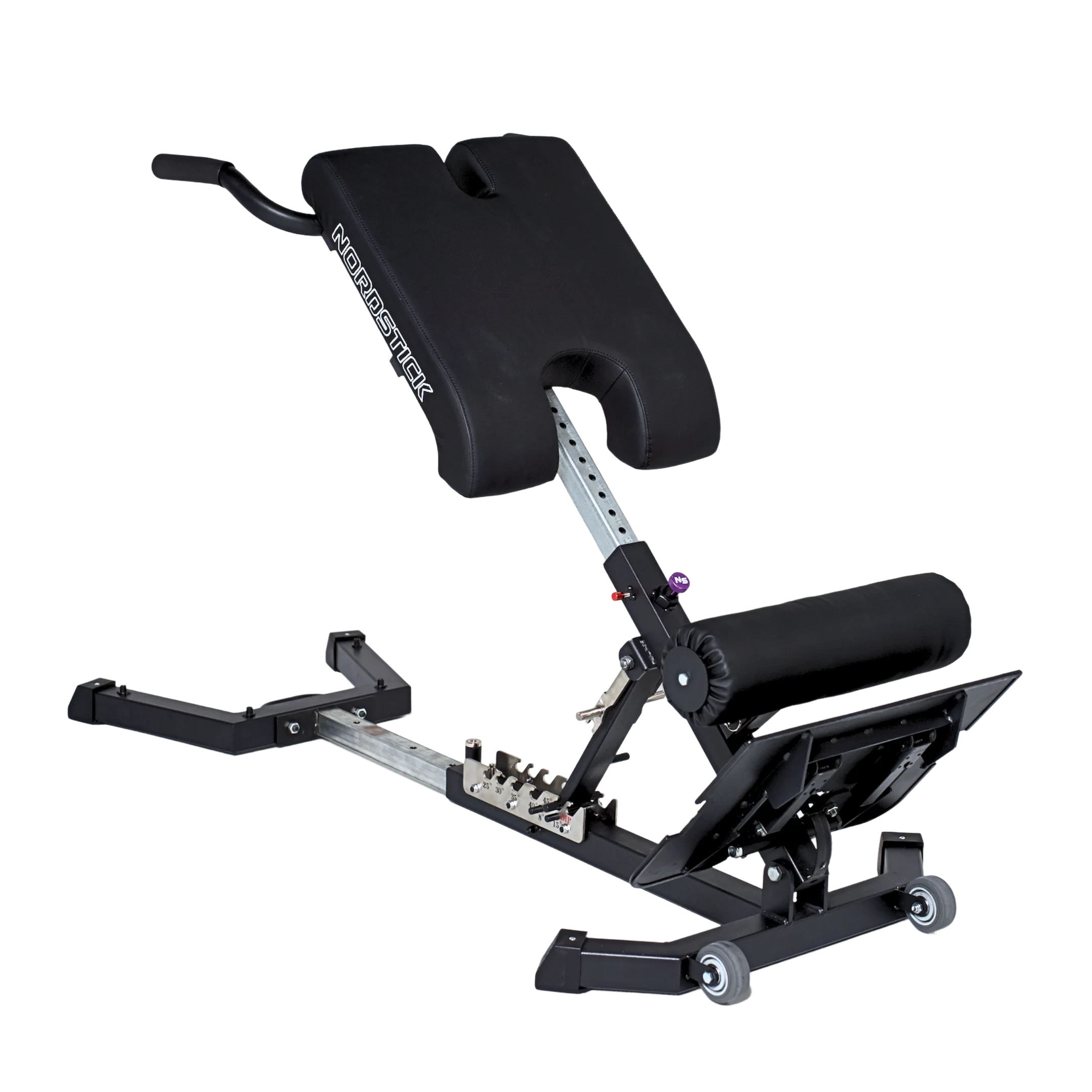
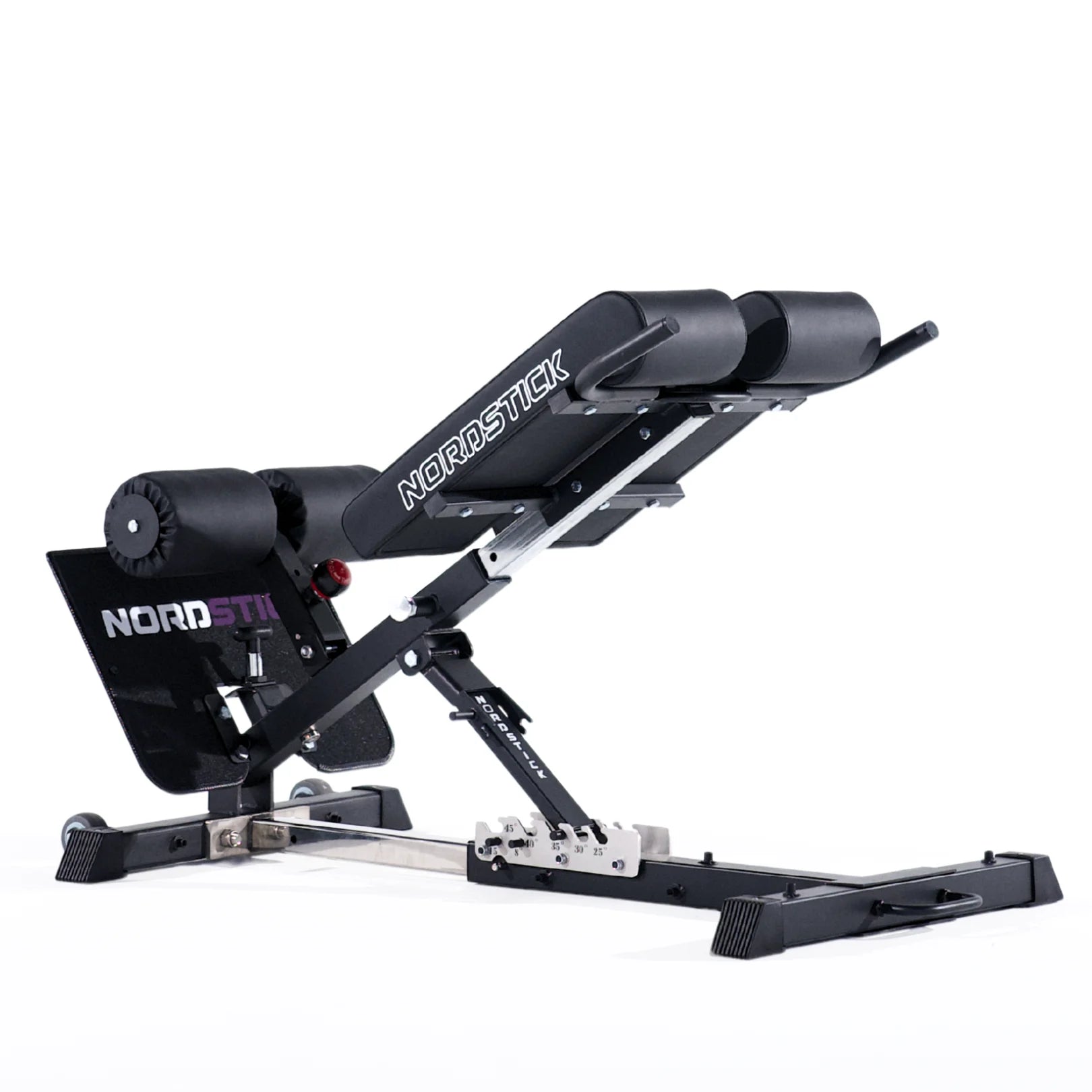





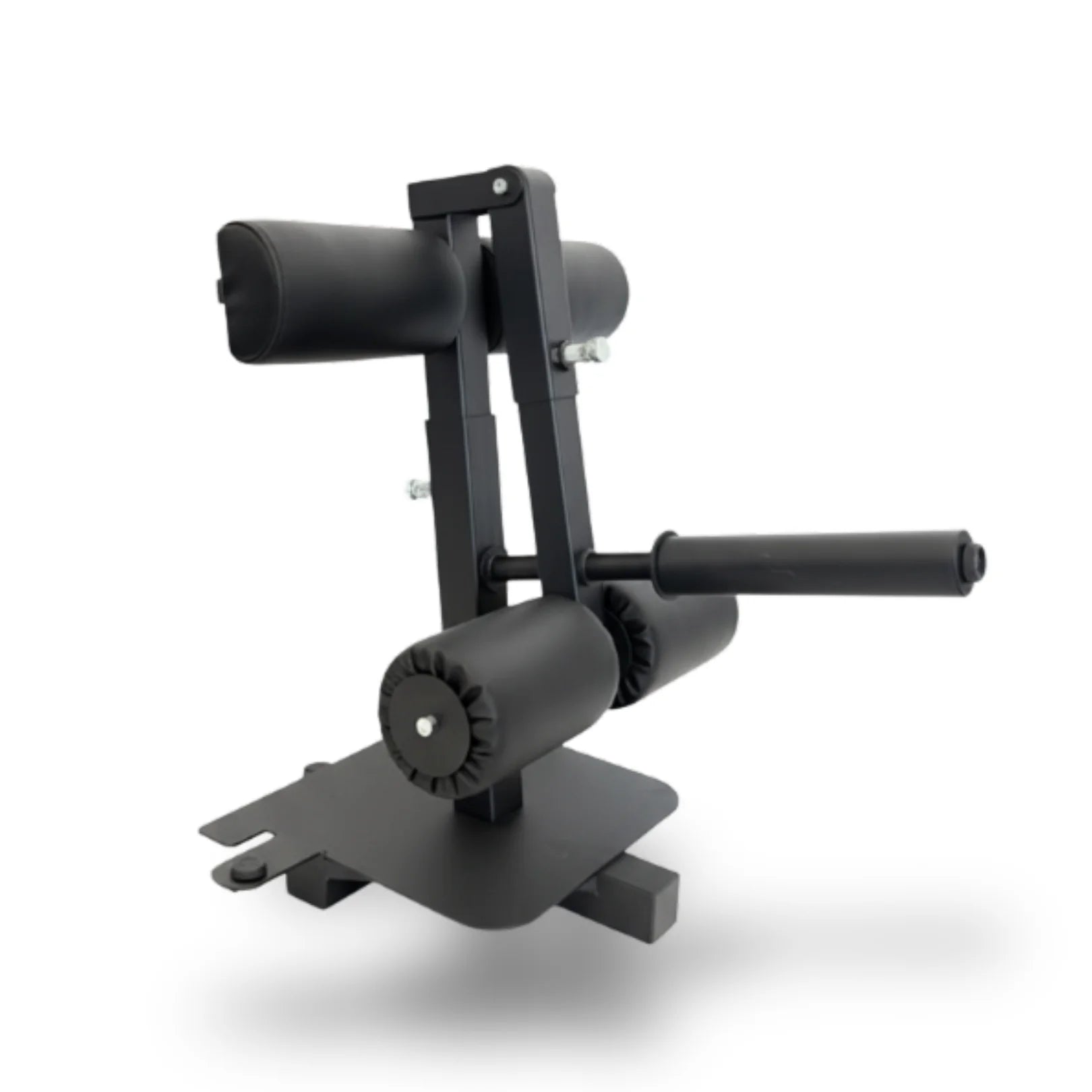
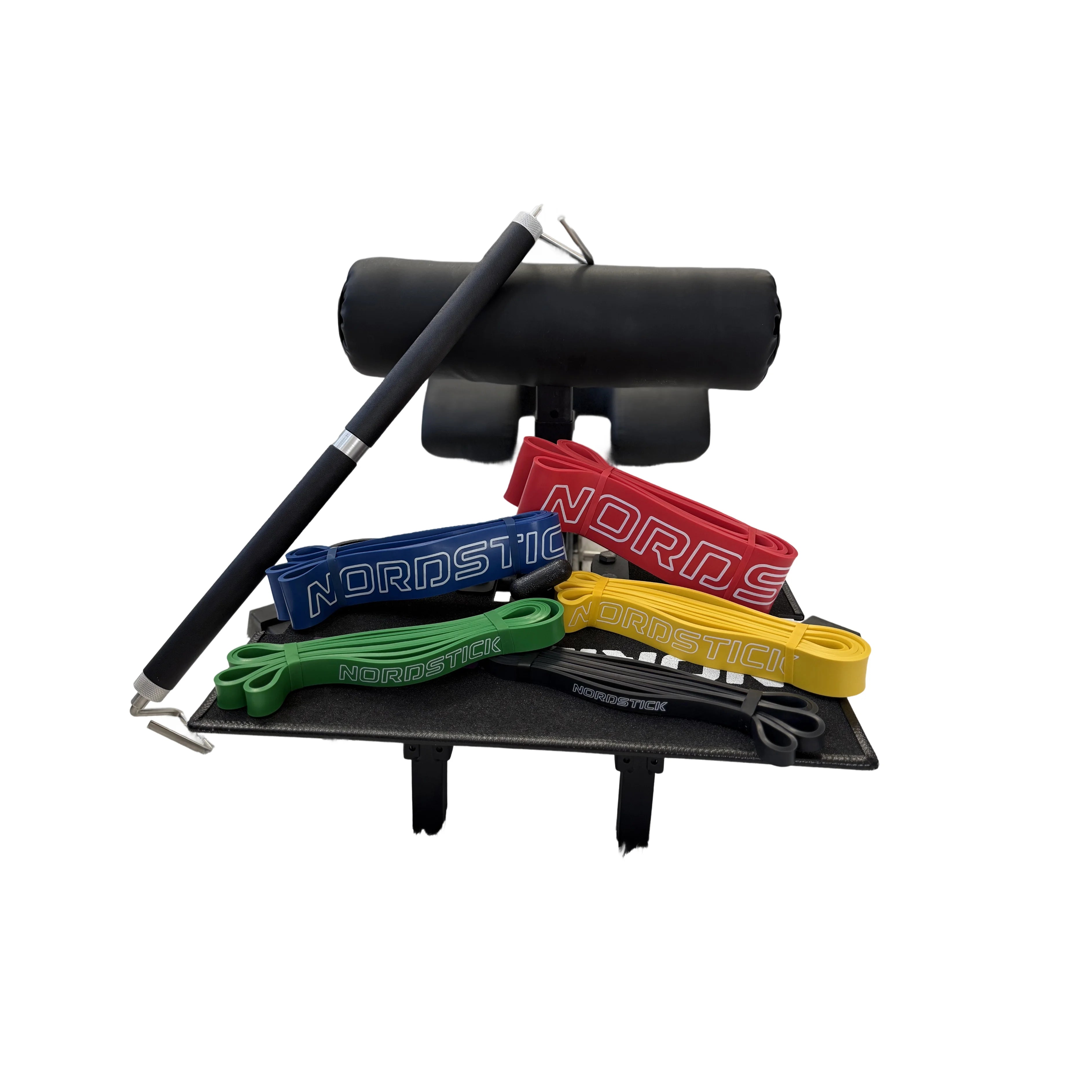
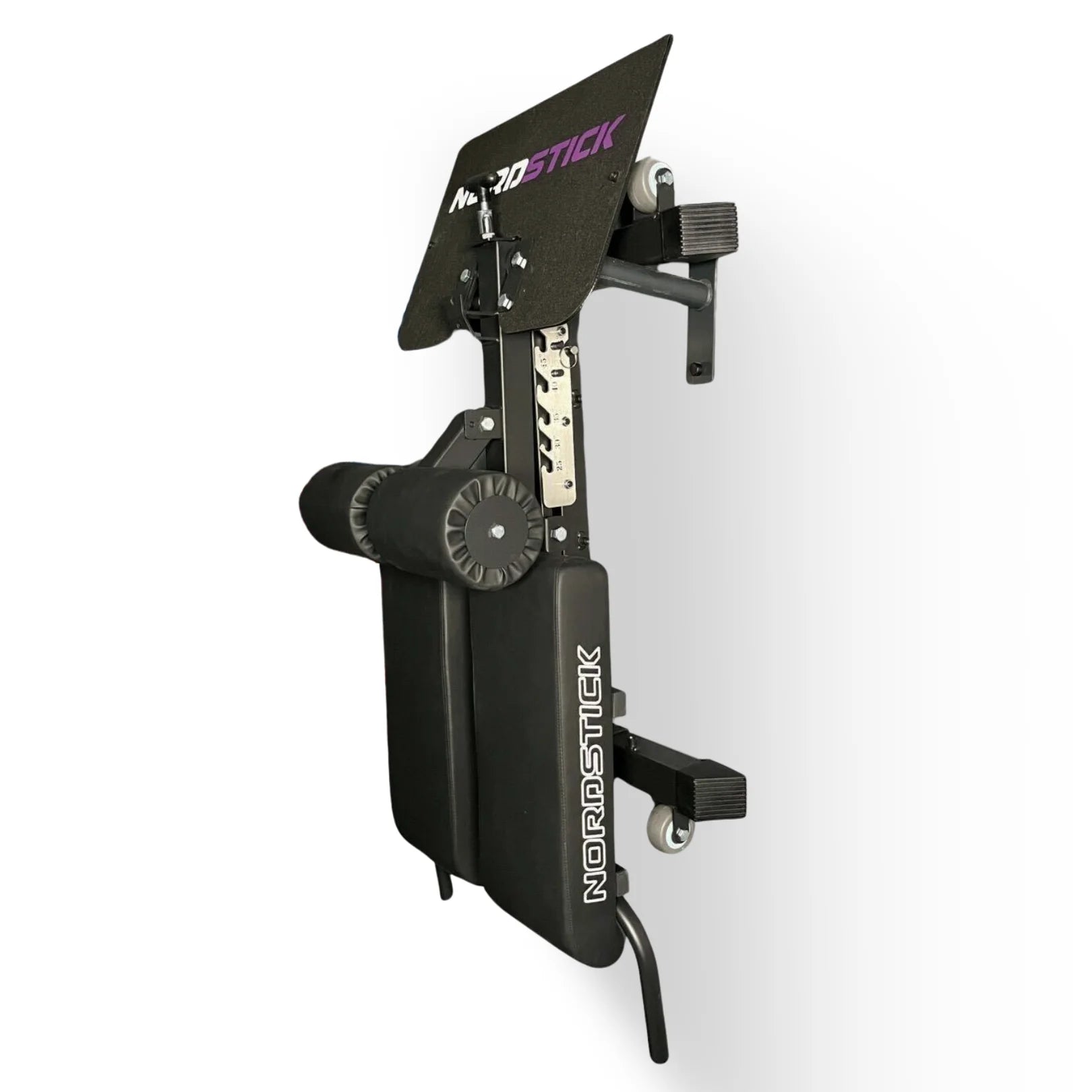
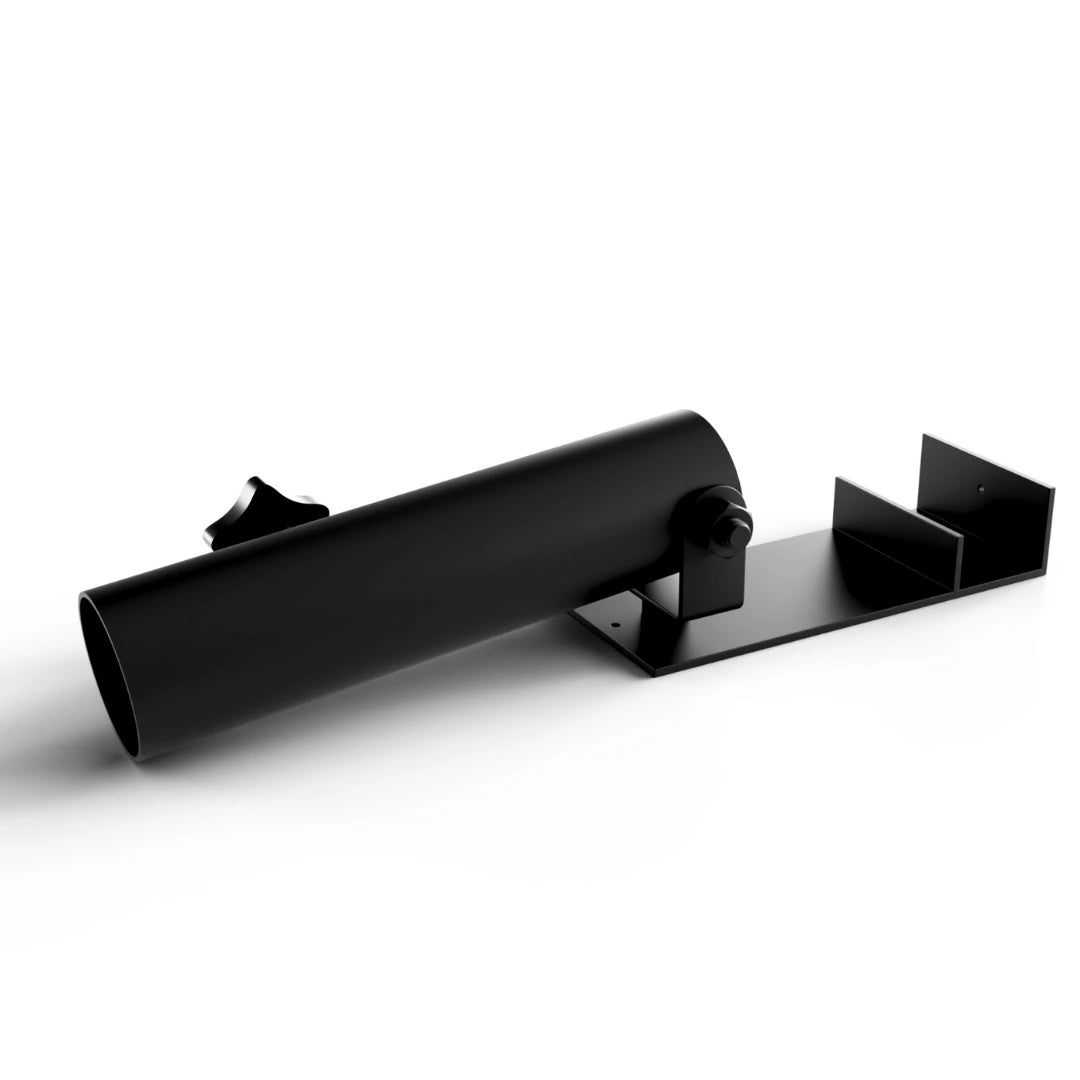
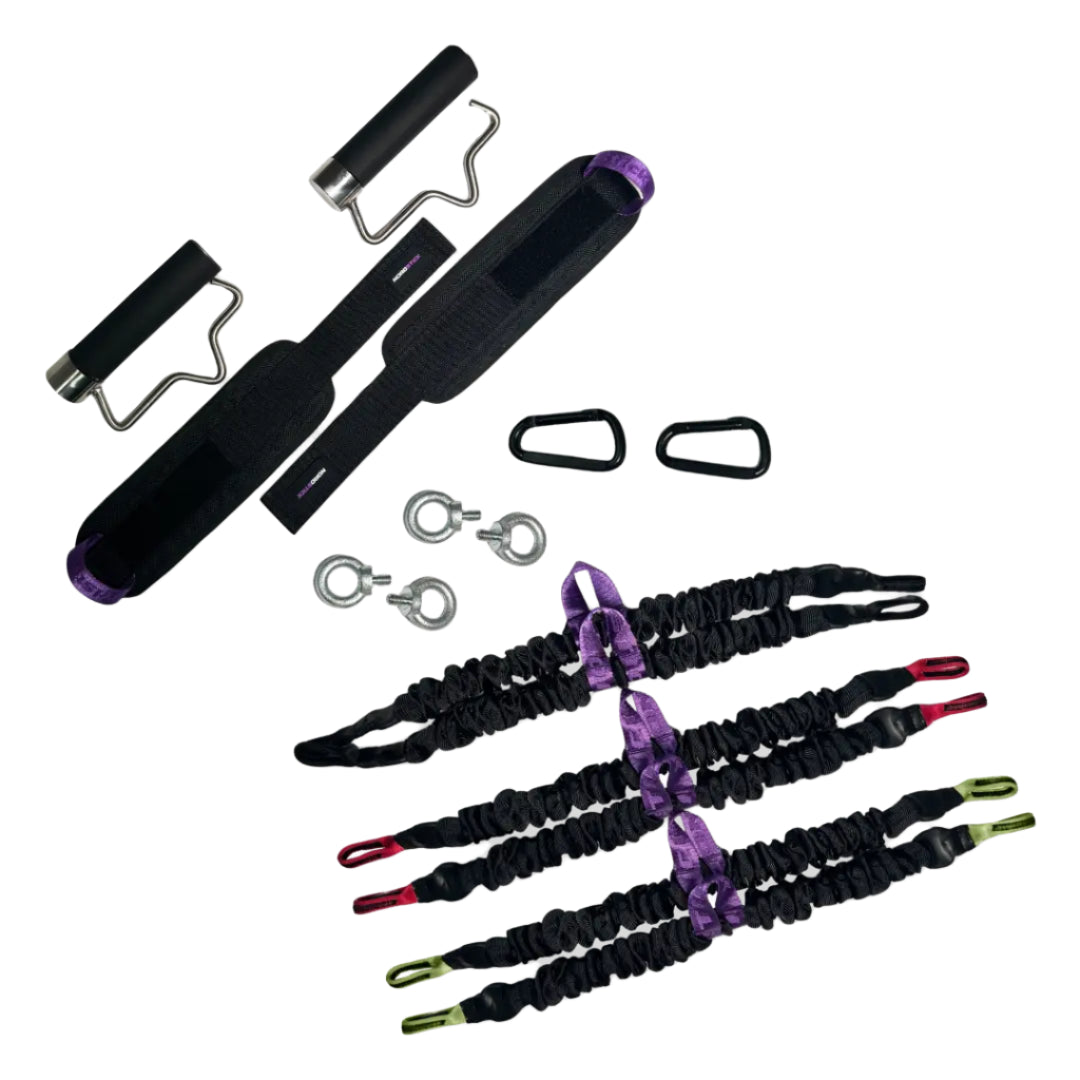
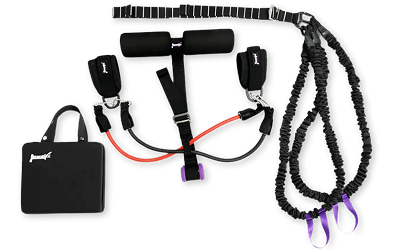
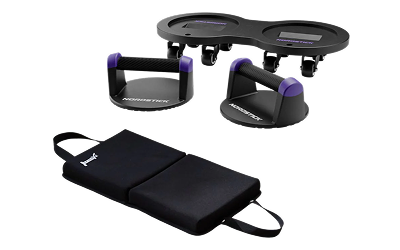
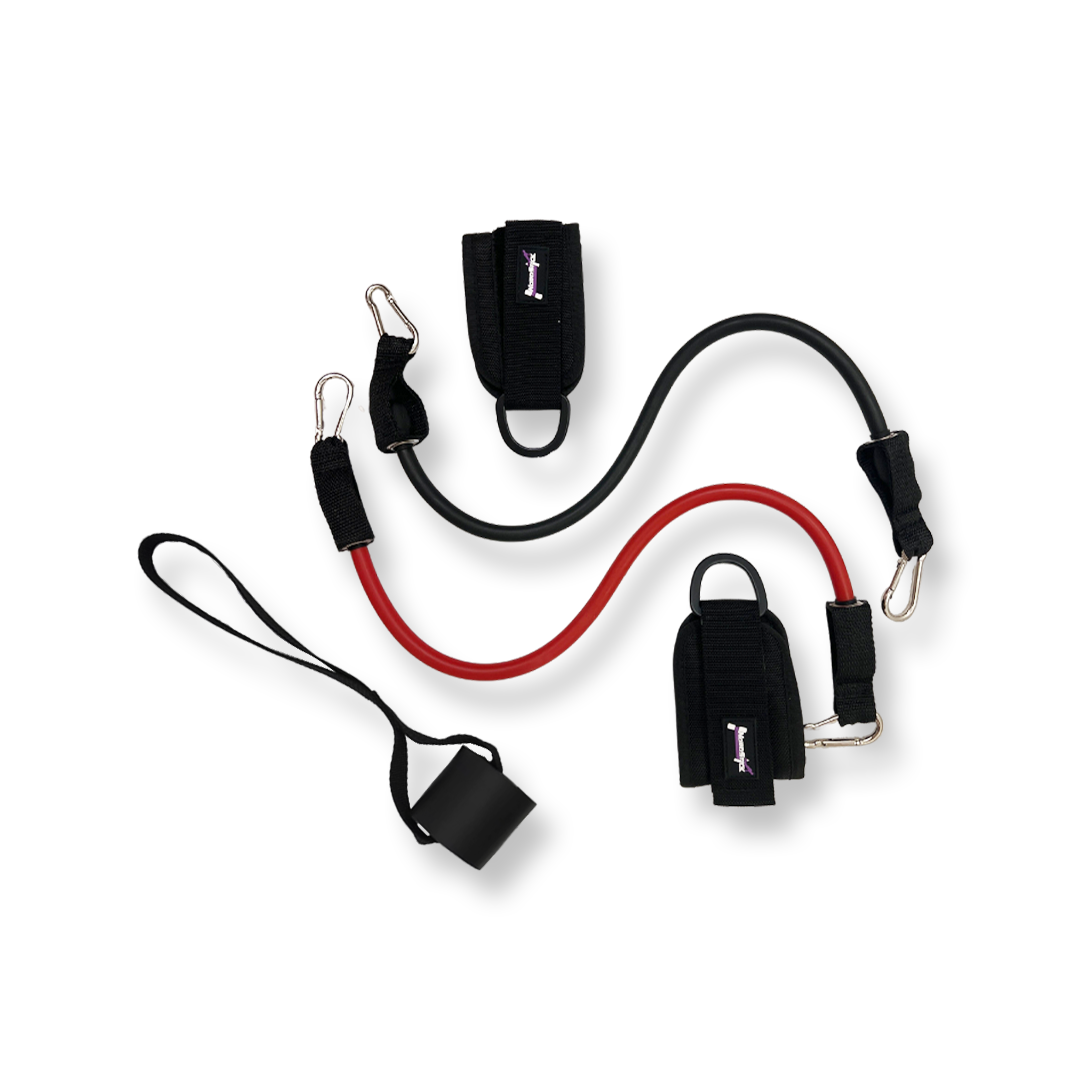
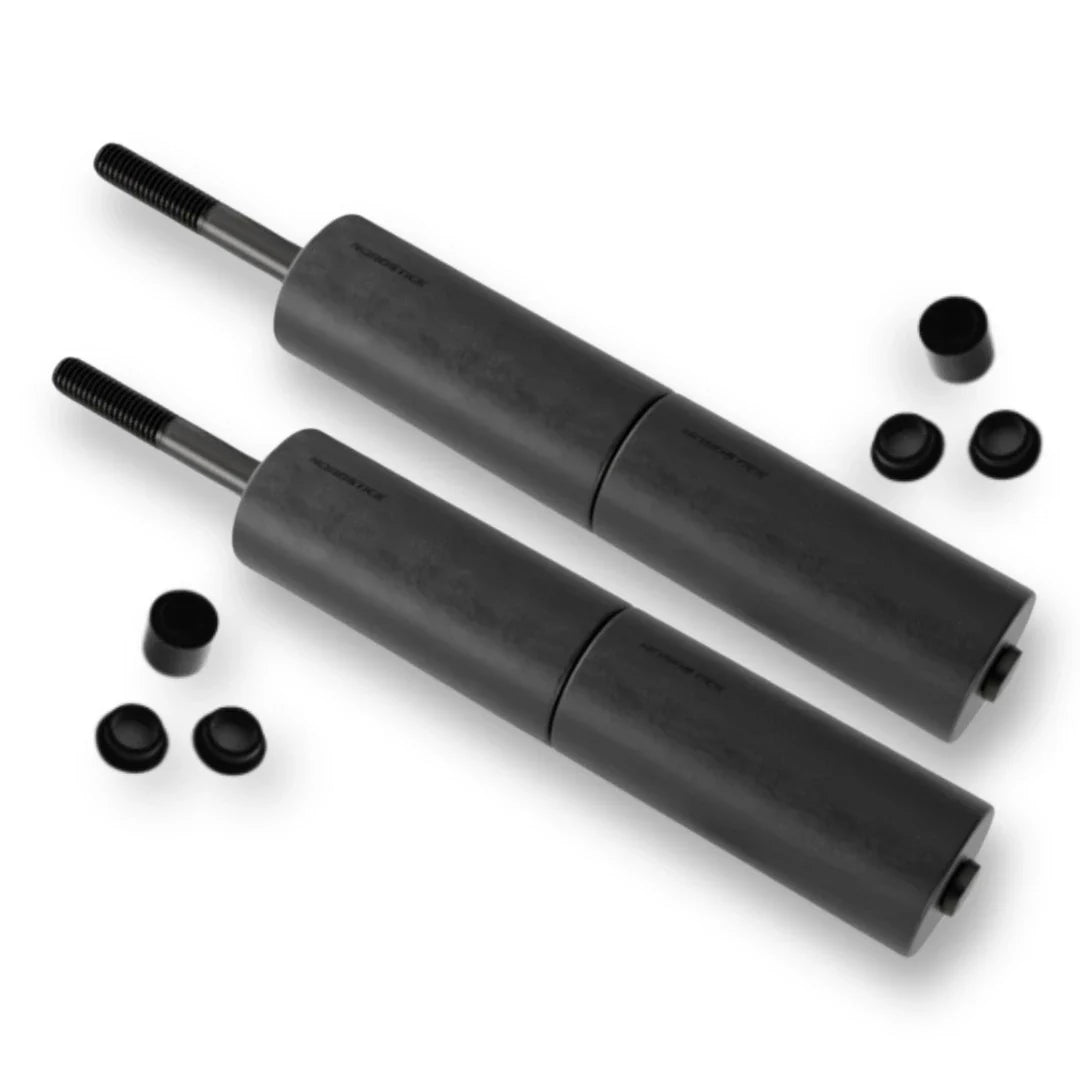
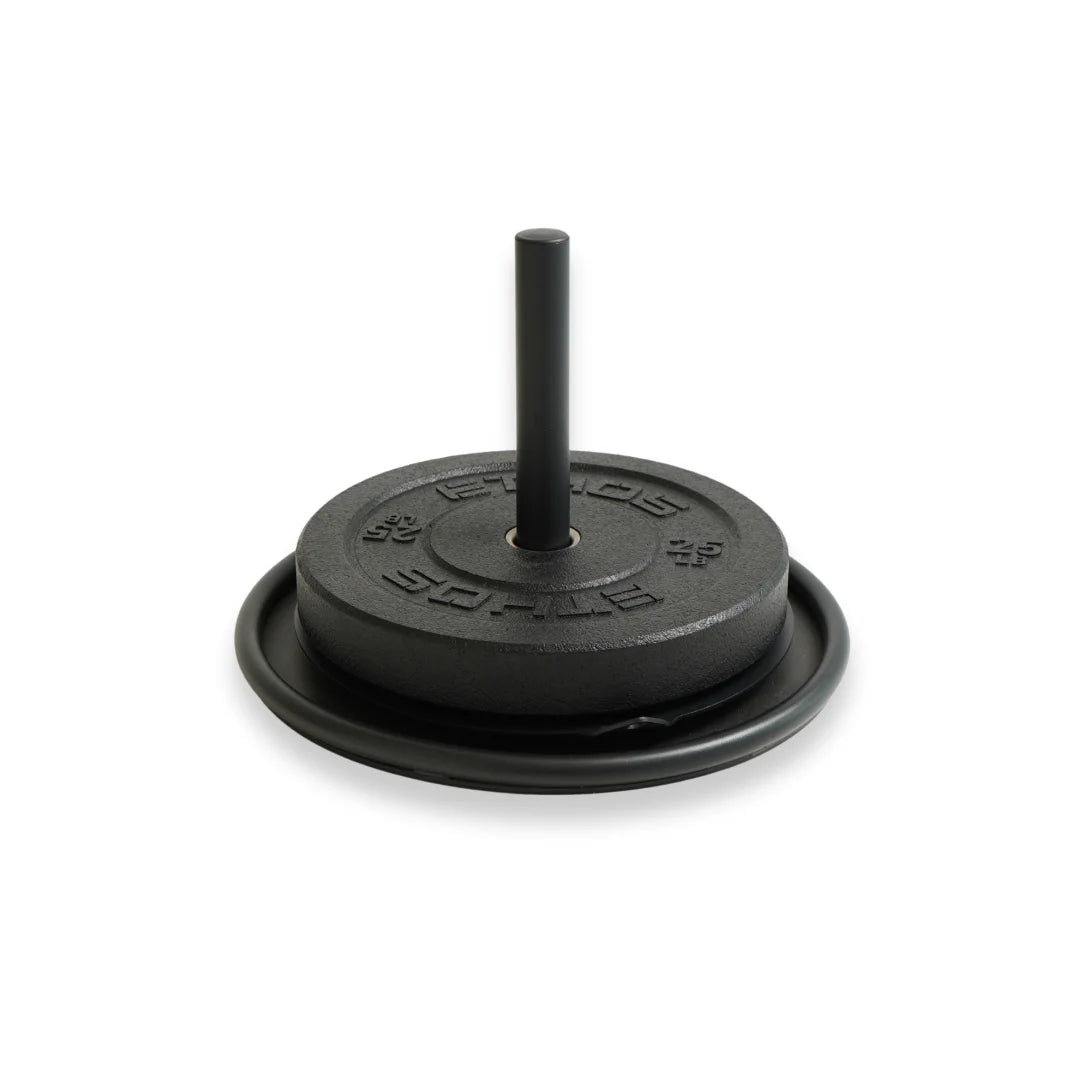
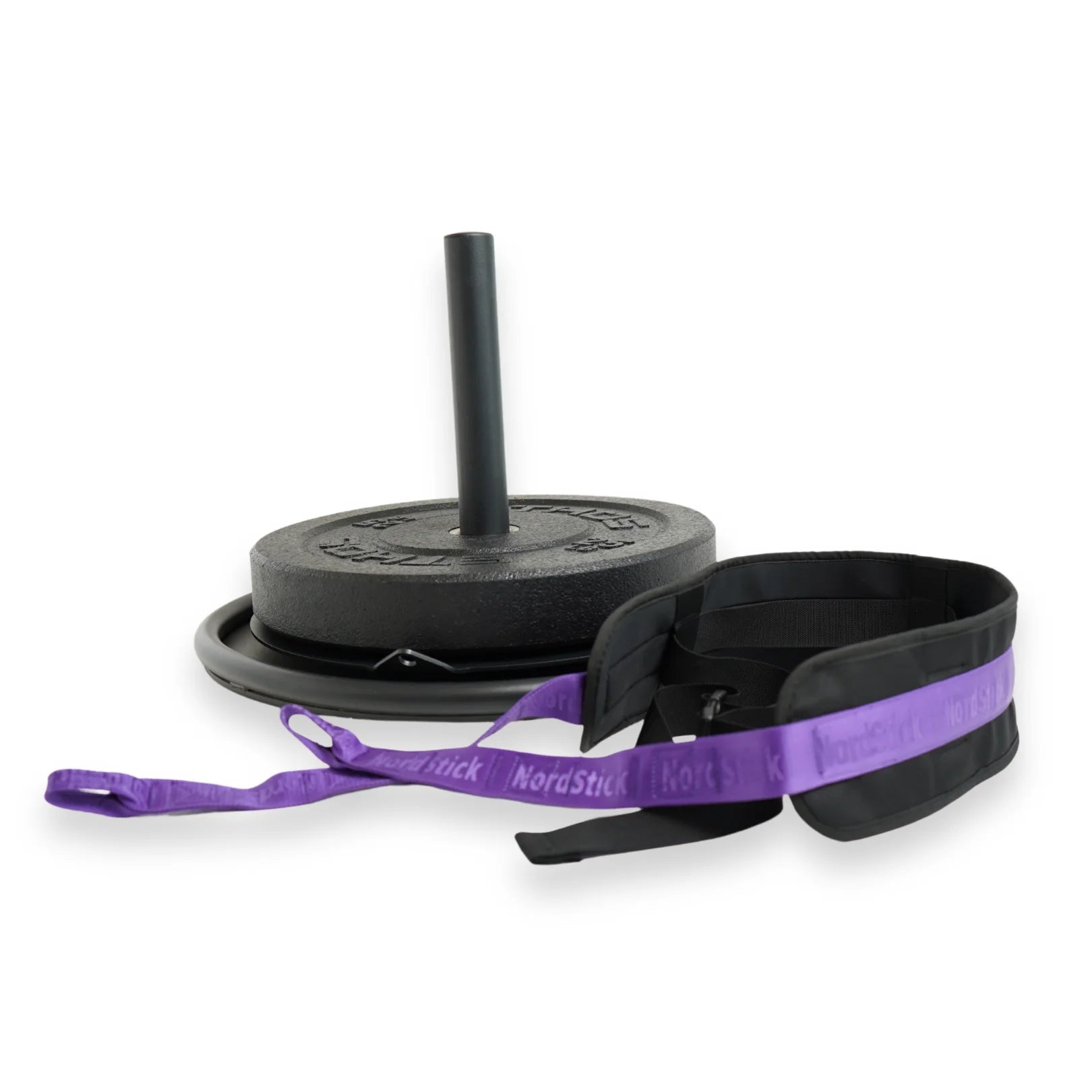
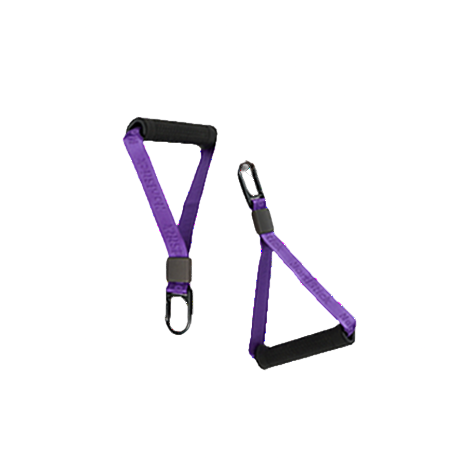
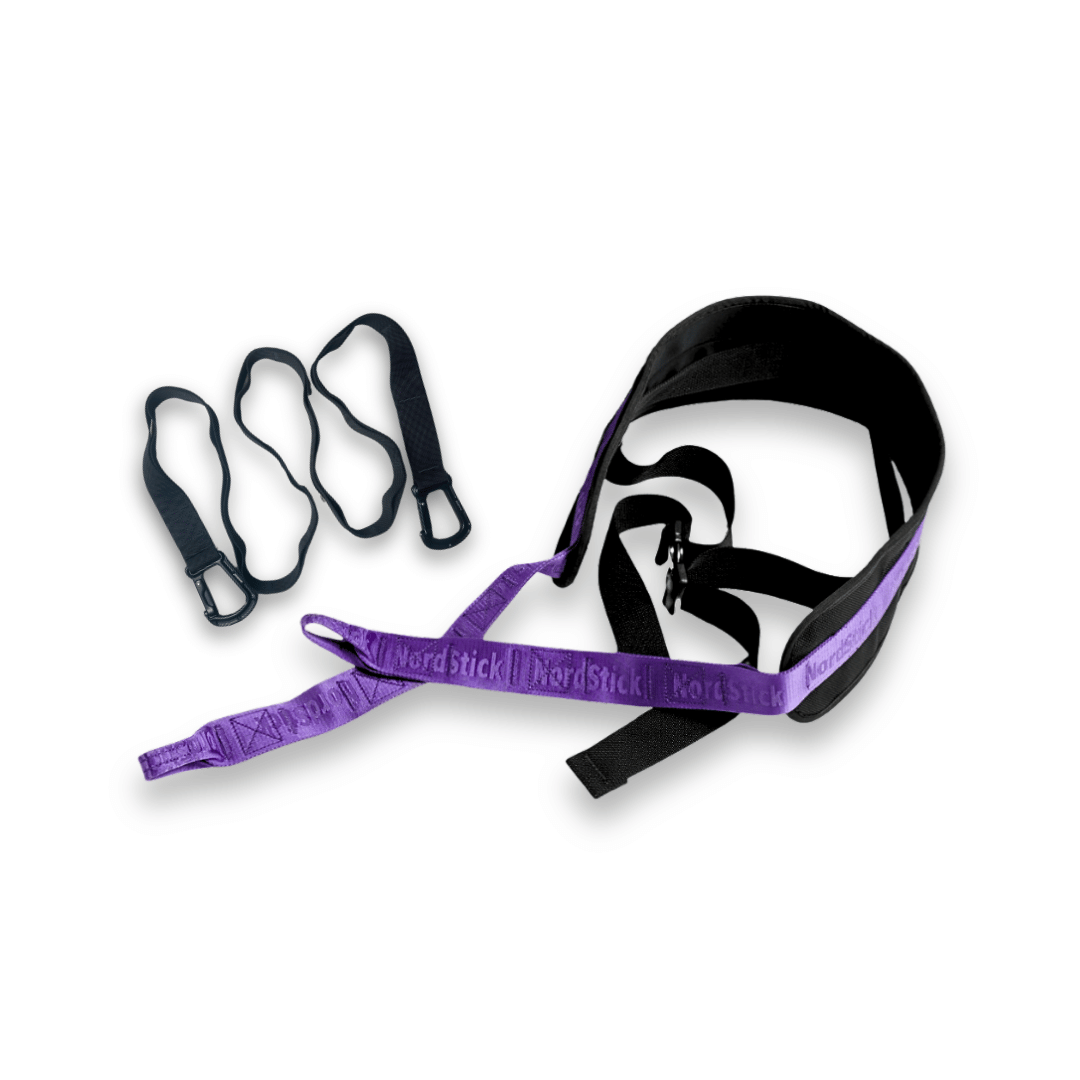
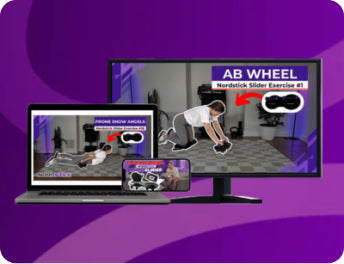

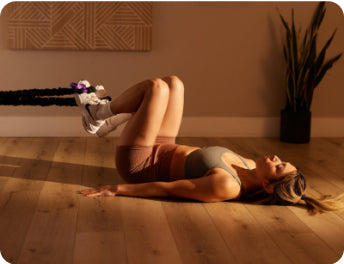
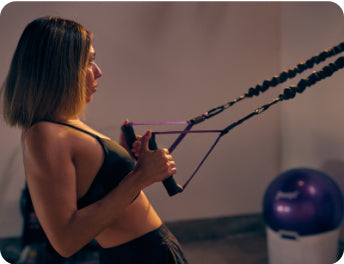

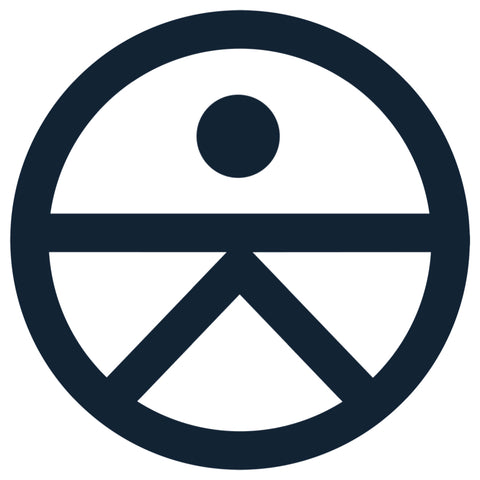
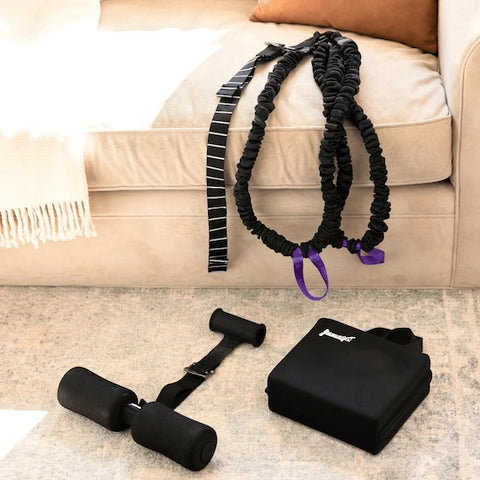

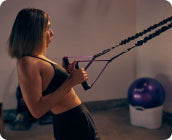
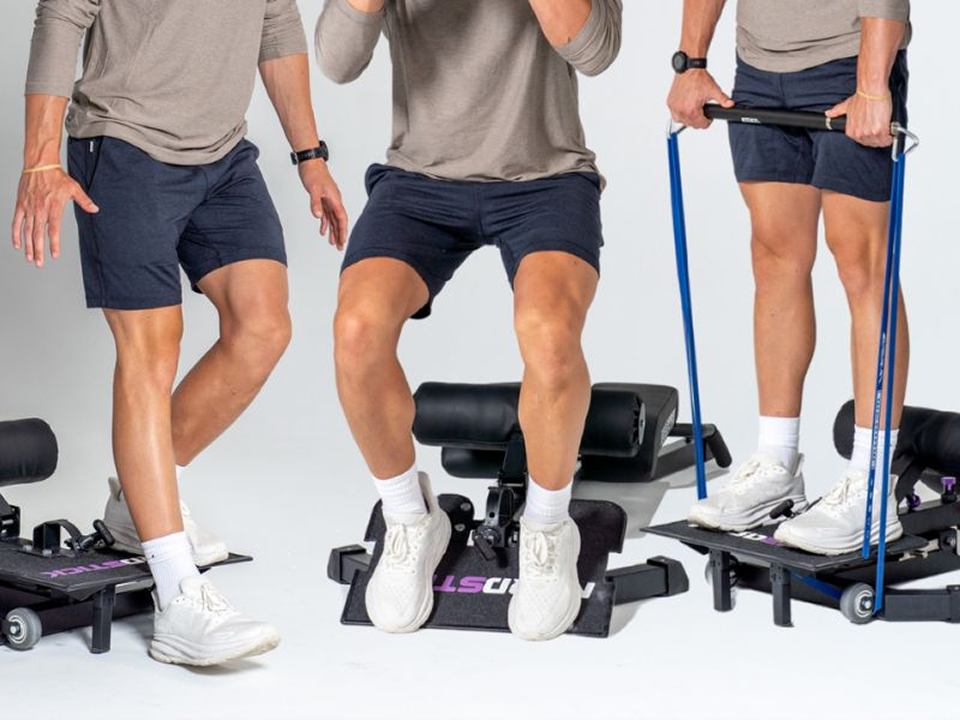
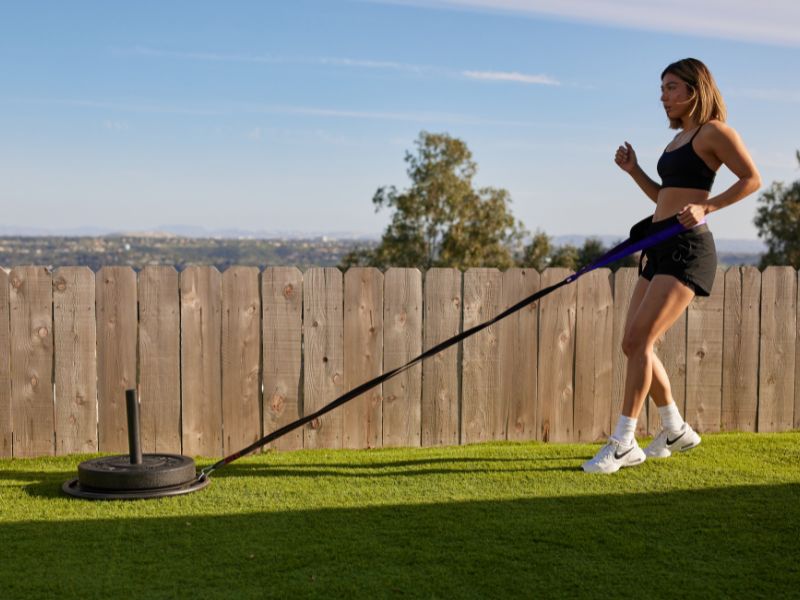


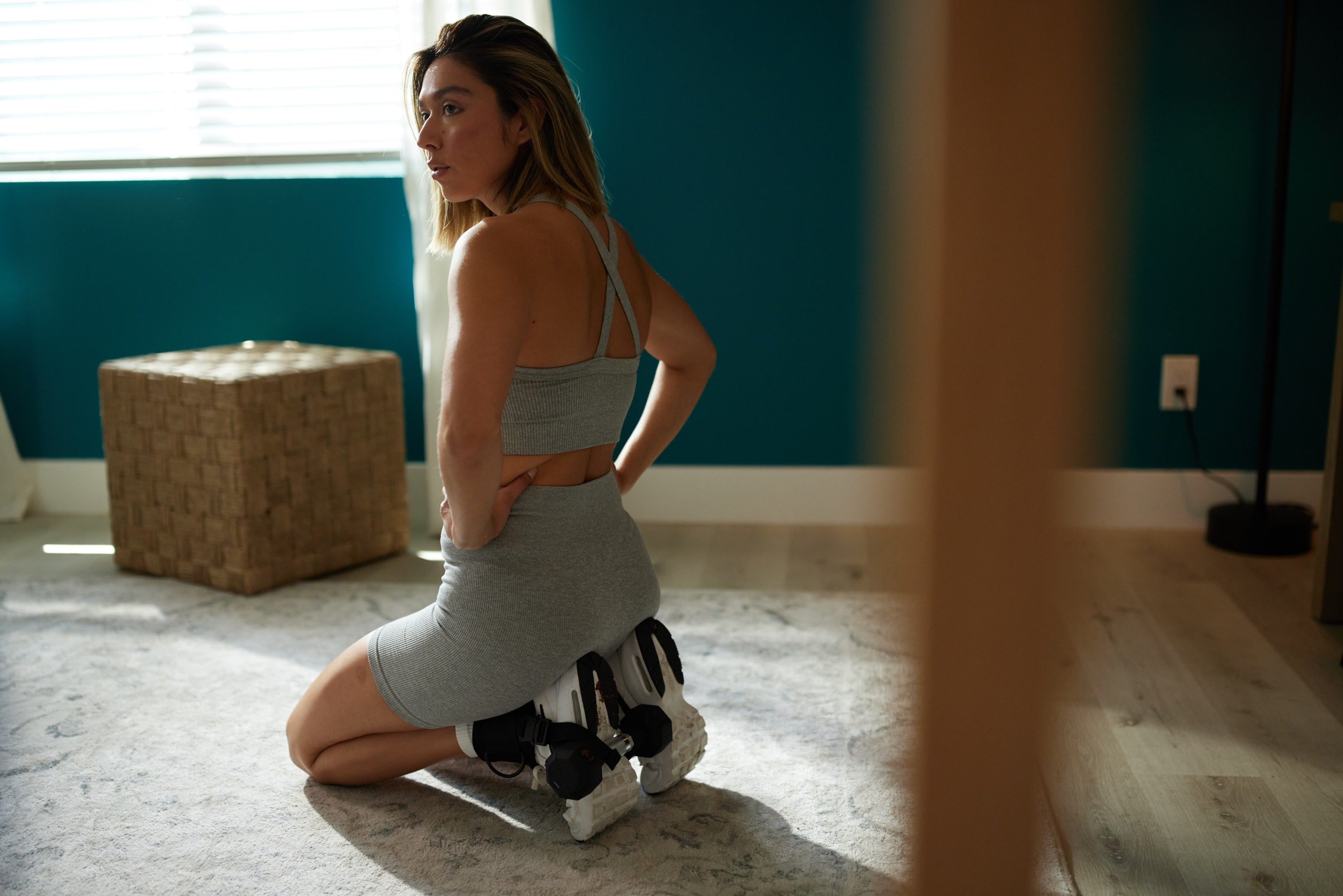




Leave a comment
This site is protected by hCaptcha and the hCaptcha Privacy Policy and Terms of Service apply.